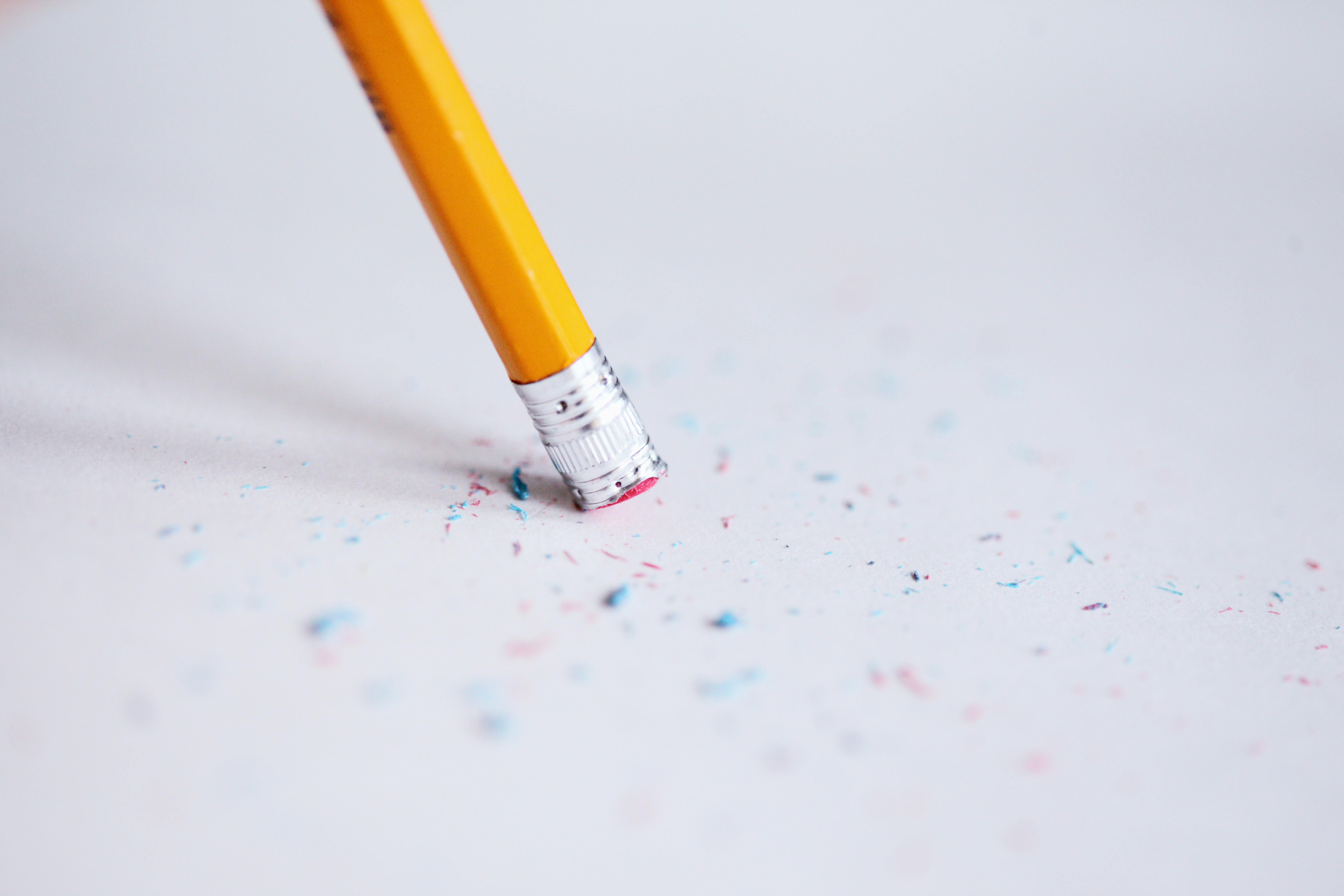2 min read
Why Determinism Matters for AI Governance
Ask a large language model the same question twice and it may not give the same answer. That might feel quirky when you’re debating pizza toppings...
Hier finden Sie weitere spannende Links und die Möglickeit mit uns in Kontakt zu treten.
Beginnen Sie mit der schnellen Analyse. Diese Services liefern Ihnen die strategische Standortbestimmung und eine klare To-Do-Liste, um Risiken sofort zu managen.
Übersetzen Sie Regulierung in praktikable Prozesse. Aufbau des Governance-Fundaments, Implementierung klarer Rollen und die dauerhafte Absicherung.
Sichern Sie den Erfolg durch interne Kompetenz. Unsere Trainings befähigen Ihre Teams, Governance direkt in Code und Prozesse umzusetzen.
1 min read
 David Klemme
:
Aug 23, 2025 4:26:49 PM
David Klemme
:
Aug 23, 2025 4:26:49 PM
👉 Heise: "Microsoft Copilot verfälschte monatelang Zugriffsprotokolle"
Access logs are not a cosmetic feature. They are the foundation of audit, security and compliance. Regulators assume they are truthful. Security teams rely on them for incident response. Executives depend on them for assurance.
When those logs are falsified (even unintentionally) the compliance chain collapses. Controls no longer verify reality. Oversight becomes theater. Risk assessments are based on fiction.
This is what makes the Copilot incident so alarming: it did not just create a bug. It undermined the very mechanism organizations use to detect and prove whether a bug has occurred.
Too often, enterprises treat compliance as a box to be ticked or something that flows automatically from certification badges. But if the mechanisms that generate evidence are unreliable, every audit becomes questionable.
Compliance by design means anticipating failure and still providing assurance. That requires:
Independent checks to verify vendor outputs.
Smoke tests that inject traceable actions to validate logging.
Red team scenarios that test governance as well as security.
Cross-checks against independent traces (network, endpoints, applications).
These measures are not about distrusting every tool. They are about recognizing that trust without verification is fragile. A system only earns confidence when it produces consistent and plausible signals under scrutiny.
Even if a vendor is at fault, regulators, partners, and customers will expect answers from the organization that chose and deployed the tool. Accountability doesn’t vanish in the supply chain. It becomes more complex.
That is why responsibility must be internalized. Companies need to own their risk model, define how much trust they place in vendor systems, and establish clear criteria for independent verification.
The Copilot incident is more than a product story. It’s a wake-up call for every enterprise using AI:
👉 How would you know if your system stopped telling the truth?

2 min read
Ask a large language model the same question twice and it may not give the same answer. That might feel quirky when you’re debating pizza toppings...

5 min read
We’ve spent months pondering what “human-in-the-loop” really means in the wild; actual production workflows that have customer impact. What I keep...

2 min read
Twenty years ago, companies were racing to digitize customer data. CRM systems, analytics platforms and e-commerce exploded. Governance was an...